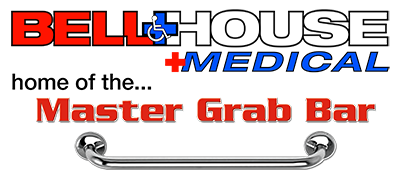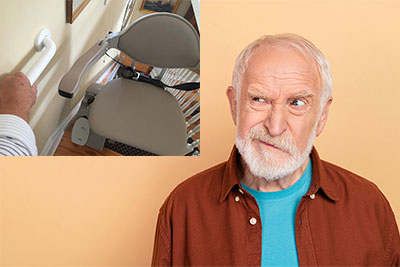Breaking Barriers: Overcoming Hesitations in Embracing Safety Measures for Older Adults
Tue, Dec 5th, 2023
Aging gracefully comes with its unique set of challenges, and one of the most prevalent concerns is the risk of falls. Statistics reveal that falls are a leading cause of injury and hospitalization among older adults. Despite the availability of various safety measures, there is a noticeable hesitation among seniors to embrace solutions like grab bars, assistive devices, and home modifications. In this blog post, we'll delve into the reasons behind this reluctance and emphasize the importance of prioritizing safety for older adults.
Perception of Aging:
One significant factor contributing to the hesitation in adopting safety measures is the negative perception associated with aging. Many older adults resist the idea of installing grab bars or using assistive devices, as they perceive such modifications as symbols of frailty or dependence. It's crucial to shift this mindset and promote these tools as empowering resources that enhance independence and security rather than symbols of vulnerability.
Fear of Stigmatization:
Some seniors fear that installing safety features may stigmatize them or mark their homes as places designed exclusively for older individuals. This apprehension often leads to delayed decision-making when it comes to incorporating essential modifications. It is essential to emphasize that safety measures are not exclusive to the elderly and can benefit individuals of all ages by preventing accidents and promoting a secure living environment.
Cost Concerns:
Financial considerations often play a significant role in the reluctance to invest in home modifications and safety equipment. Many older adults are on fixed incomes, making them wary of the potential expenses associated with installing grab bars, stairlifts, or vertical platform lifts. However, it's essential to highlight the long-term cost-effectiveness of these measures compared to the potential medical costs resulting from a fall-related injury.
Lack of Awareness:
A considerable number of seniors may not be fully aware of the range of safety solutions available to them. A lack of information on the benefits of grab bars, assistive devices, and home modifications can contribute to the hesitancy to invest in these preventive measures. Raising awareness through educational campaigns and community outreach programs can help bridge this knowledge gap.
Independence Concerns:
Maintaining independence is a top priority for many older adults. The fear that installing safety features might compromise their autonomy often leads to hesitations. It is crucial to highlight that these modifications are designed to enhance independence, allowing seniors to continue living comfortably in their homes while minimizing the risk of accidents.
Resistance to Change:
Older adults may resist change, especially when it comes to modifying their living spaces. The familiarity of their home environment can create a sense of comfort, making them hesitant to introduce alterations. It is essential to approach this issue with sensitivity, emphasizing that safety modifications can seamlessly integrate into their existing home decor while significantly reducing the risk of falls.
Addressing the hesitations among older adults in embracing safety measures is a multi-faceted challenge that requires a combination of awareness, education, and sensitivity. At Bell House Medical, we understand the importance of tailoring your services to meet the unique needs of this demographic. By emphasizing the positive aspects of safety modifications and debunking common misconceptions, we can collectively work towards creating a safer and more secure environment for older adults, allowing them to age with dignity and confidence in the comfort of their homes.
Contact Bell House Medical Today to make your home safer so you can be more independent and safe at home.






